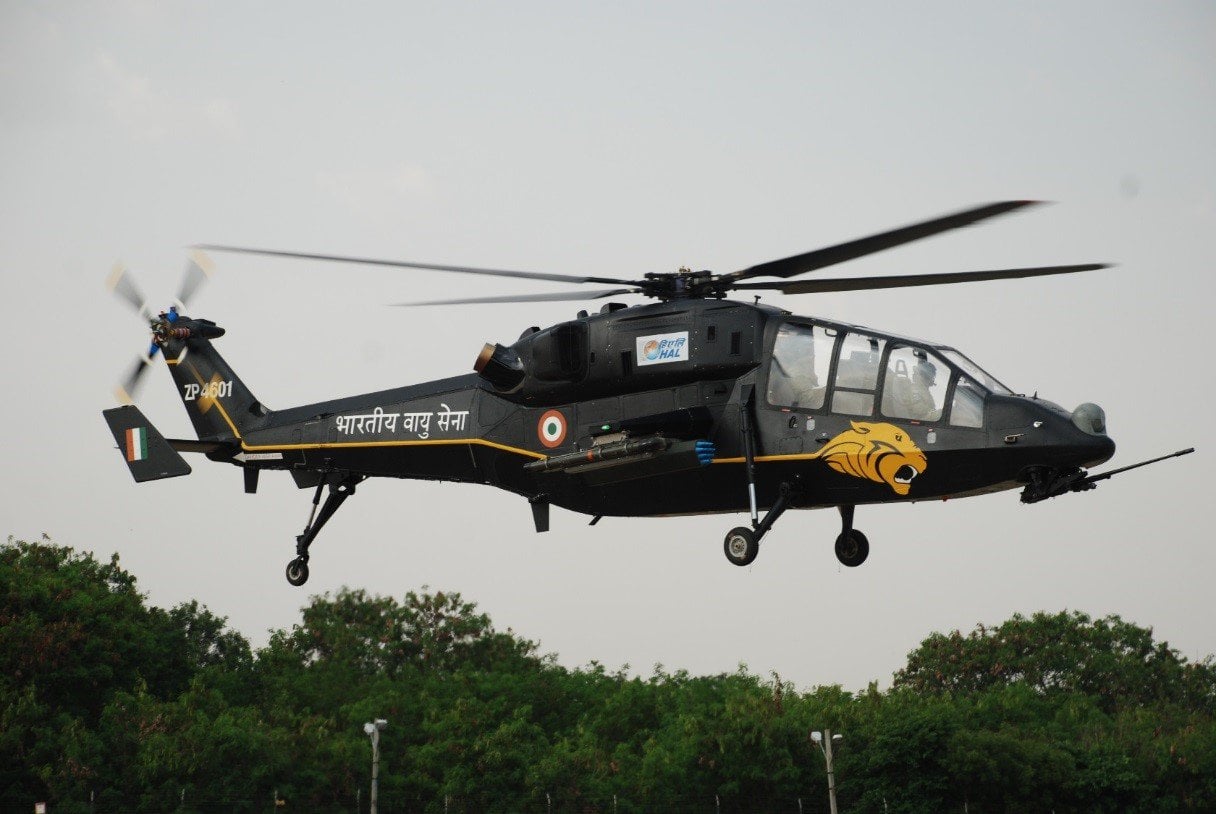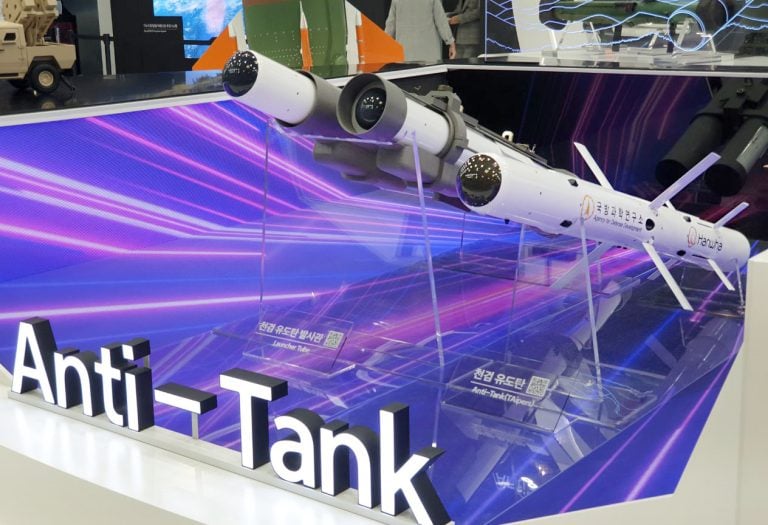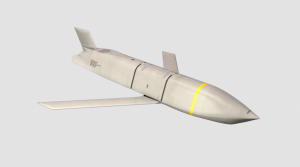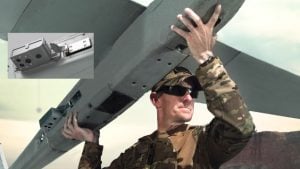Hindustan Aeronautics Limited (HAL) and the German sensor company HENSOLDT have formalized a pivotal technology transfer agreement designed to enhance the capabilities of Indian military helicopters through the integration of advanced LiDAR-based Obstacle Avoidance Systems (OAS).
This milestone agreement, signed during the Dubai Airshow 2025, encompasses more than just a basic supply contract; it includes the transfer of design and manufacturing intellectual property from HENSOLDT to HAL. This collaboration is expected to facilitate local production, integration, and subsequently, global exports of the advanced system.
The first aircraft to be equipped with the OAS will be HAL’s Light Combat Helicopter, with plans for its implementation on the Advanced Light Helicopter and additional platforms in the future.
The OAS technology merges HENSOLDT’s SferiSense LiDAR Sensor Head Unit with a Digital Video Enhancement (DVE) Computer, providing pilots with crucial real-time situational awareness. This advanced system offers enhanced synthetic vision and superior navigation cues, significantly reducing the likelihood of controlled flight into terrain incidents. The system is particularly effective in challenging conditions such as “brownout,” “whiteout,” and various degraded visual environments, thereby bolstering both operational safety and mission effectiveness.
Andleeb Shadman, HENSOLDT’s Head of Business Development for India, emphasized that this partnership is a strategic investment aimed at reinforcing India’s defense industrial ecosystem. The initiative aligns with the Aatmanirbhar Bharat (self-reliant India) objectives, promoting indigenous defense capabilities.
LiDAR-based OAS technology is increasingly being adopted by military helicopter fleets globally. In Europe, the German Army employs these systems on its NH90 and Tiger helicopters, enabling pilots to navigate through dense forests, mountainous terrains, and low-visibility conditions safely. Similarly, France’s Eurocopter Tiger and Airbus H145M fleets utilize LiDAR-enabled synthetic vision to mitigate the risks of controlled flight into terrain during nighttime operations and while training in urban or degraded environments.
In the United States, comparable systems have been integrated into select Sikorsky UH-60 Black Hawks and Boeing AH-64 Apache helicopters, primarily for operations in rugged or desert settings where visibility can be severely compromised by dust, sand, or low-light conditions.
This partnership between HAL and HENSOLDT signifies a noteworthy advancement in military aviation capabilities in India, promising to enhance both operational efficiencies and safety for Indian armed forces personnel.















